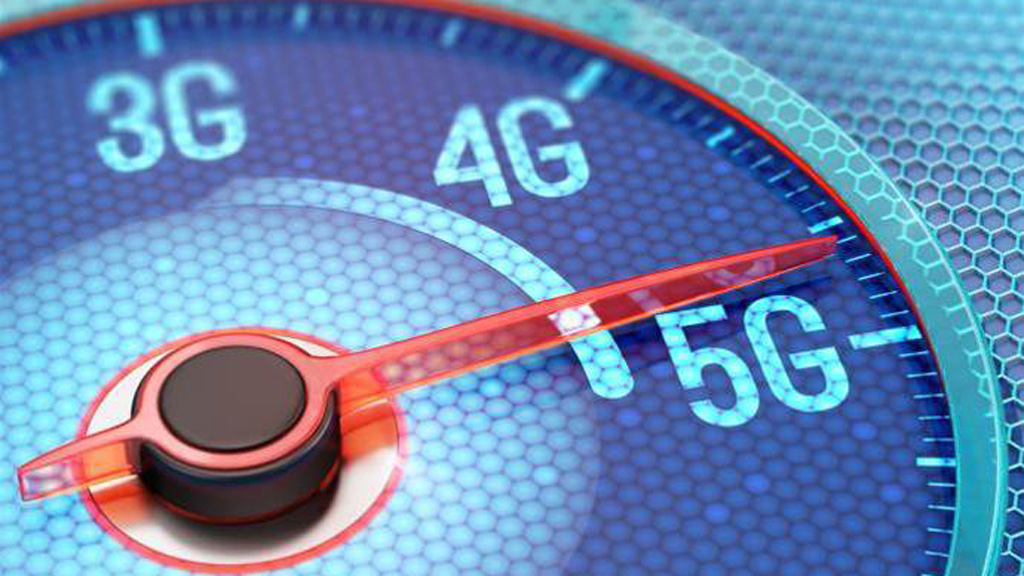AI, 5G and the race to completely autonomous vehicles
Now is the time to implement a data-centric architecture

As companies race towards completely self-driving cars, data processing, data analysis and telematics will make the difference between victory and defeat. Over the last three years, dozens of ambitious companies have raised over 10 billion euros to capture this new opportunity.
The rise of artificial intelligence (AI) and 5G are game changers in this space, making the race even more interesting. If you’re looking to win gold, implementing a data-centric architecture will get you over the finish line first.
- A new era in data awareness
- The war for encrypted data
- Bridging the data divide between IT and business

Data - the fuel powering the AI engine
With breakthroughs in AI infrastructure and machine learning (ML), the amount of data that can be processed instantaneously is increasing exponentially. As telematics monitor the vehicle as a whole, using AI and ML will increase the accuracy of the insights distilled from the data that is produced and analysed. We have already seen some great advancements in telematics, from car insurance companies that can produce quotes based on how someone drives, or reduce accidents by highlighting blind spots to drivers ahead of time. With AI and ML, the applications of telematics will increase.
Collected data can be shared and analysed much quicker with a central management system. This means data scientists can process the amount of data required to ensure safety, without compromising time-to-market and development cycles. The technology that will enable fully autonomous vehicles is still evolving, but there’s no doubt that AI and ML will play a vital role.
Ensuring the optimal power-to-weight ratio for ML power
AI is made powerful through the extraction of real-time data and development of predictive analytics through ML. In today’s world speed is everything, and there’s no time for data bottlenecks; AI infrastructures must be engineered to efficiently process data. In the automotive sector this is critical not only for the safety of passengers, but also so that data scientists can focus on data to bring autonomous vehicles to the roads, and not designing and building the infrastructure itself.
Our work with the Mercedes-AMG Petronas Formula One Motorsport team is a great example of this. The team uses one of our storage arrays trackside, so they can collect data from over 250 sensors on a car and use real-time analysis to make in-race adjustments. They also use our FlashBlade solution to run modelling sequences based on massive amounts of historical data from past races, to help design the car most likely to win future races.

Switching gears with 5G
5G will accelerate the speed of data processing, enabling greater accuracy, and faster response times for telematics in autonomous vehicles. One key transformation 5G will bring is the ability to capture and process telematic data continuously wherever the car may be rather than having to have the car return to base to access the data it has collected before being able to process it through the data pipeline.
Are you a pro? Subscribe to our newsletter
Sign up to the TechRadar Pro newsletter to get all the top news, opinion, features and guidance your business needs to succeed!
This is transformational in that it allows better productivity and faster time to intelligence through real-time data streaming rather than the old world of batch processing when the data is finally made available. The efficiencies mean more car-hours on the road leading to more data and greater accuracy all delivered in a compressed timeframe. By processing increasing volumes of data with greater frequency, autonomous driving software will continue to learn and improve over time.
Driving like tomorrow, today
As AI continues to advance, companies must ensure that their underlying IT infrastructure keeps pace by being scalable, and easy to evolve. To keep up in the race towards truly autonomous vehicles, companies must start thinking about tomorrow’s infrastructure today.
This means implementing a data-centric infrastructure – a modern design which puts data at the core of a company’s IT infrastructure. In doing so, companies will be better able to take advantage of advances in technologies like AI and deep learning, which have the potential to transform what we can discern from data.
Peter Gadd, VP EMEA Core Markets at Pure Storage
Peter has over 25 years’ experience in the technology industry, ten of which he has held senior leadership positions. Prior to his five years at Pure Storage, Peter served as Senior Director, EMEA Strategic Alliances for EMC.
Peter has a strong reputation and excellent track record of delivering rapid growth through impactful leadership, business transformation, clear vision and repeatable operational excellence. He has a proven ability to effectively recruit, retain and develop talent and is well known for his charismatic management style.
